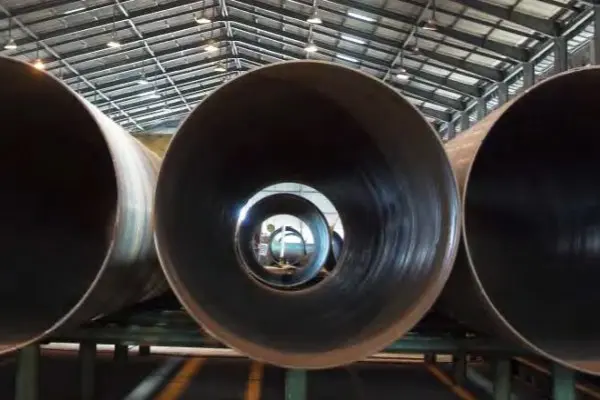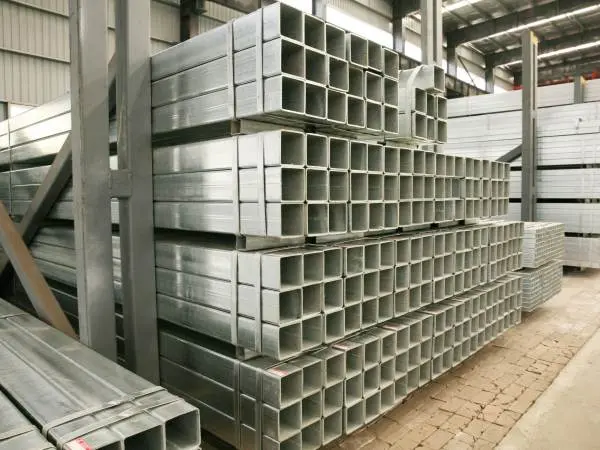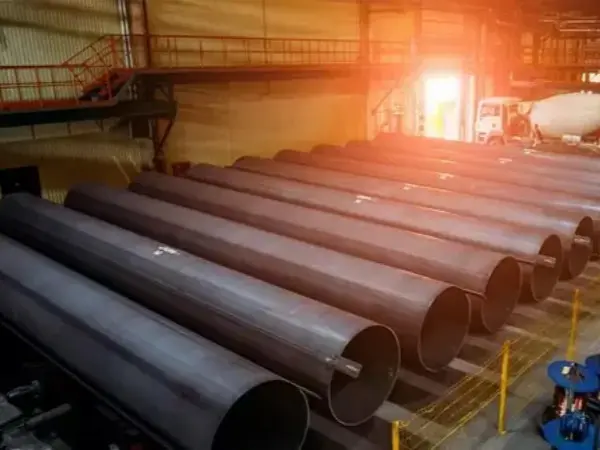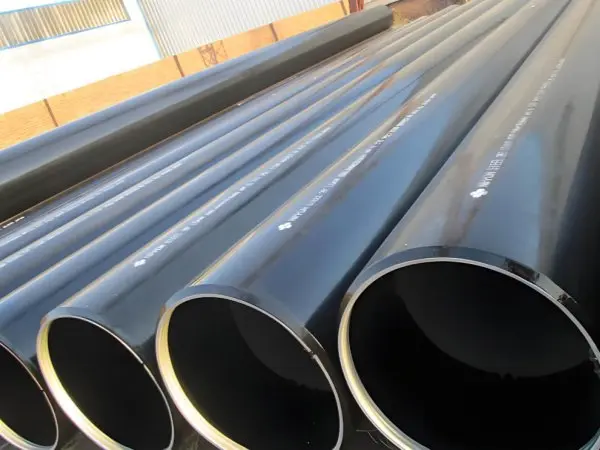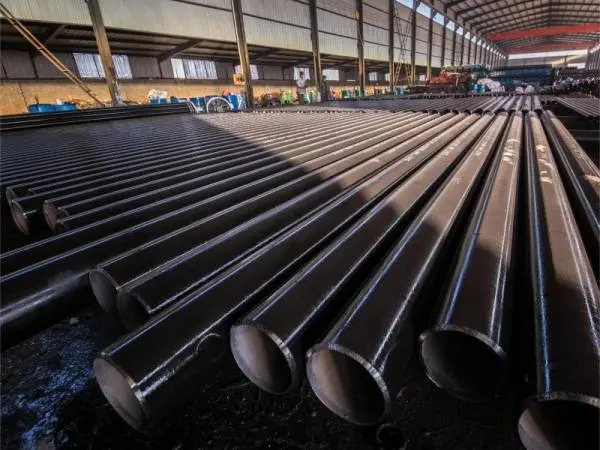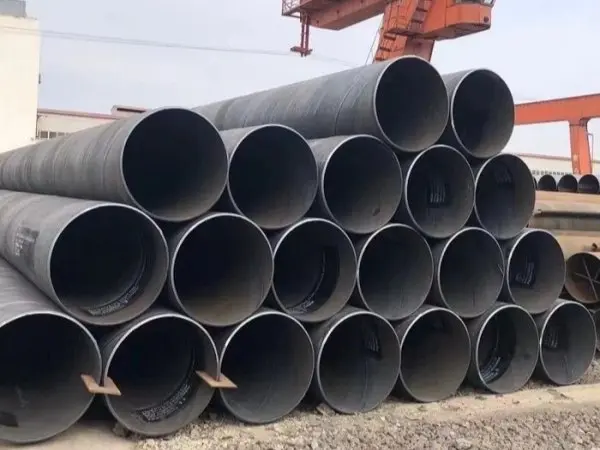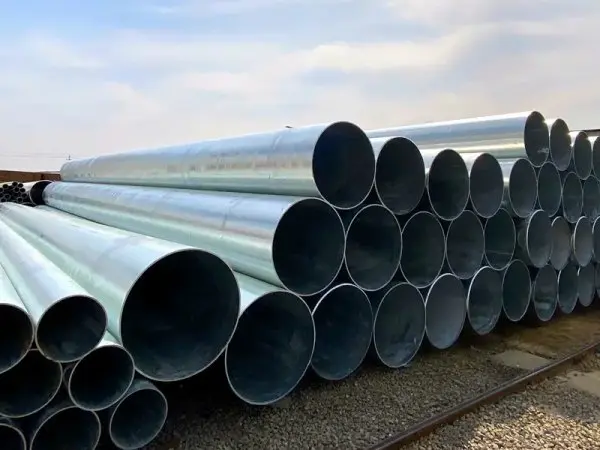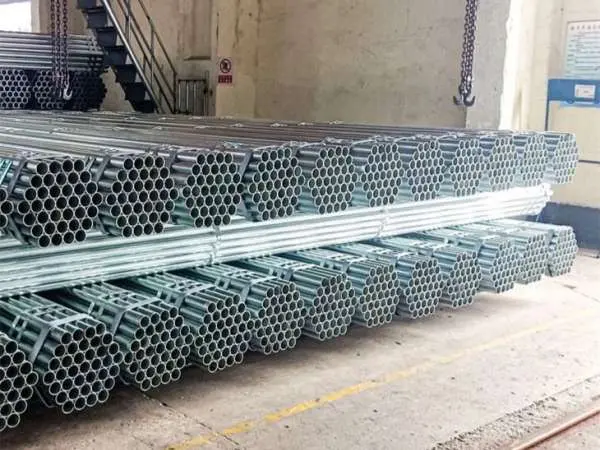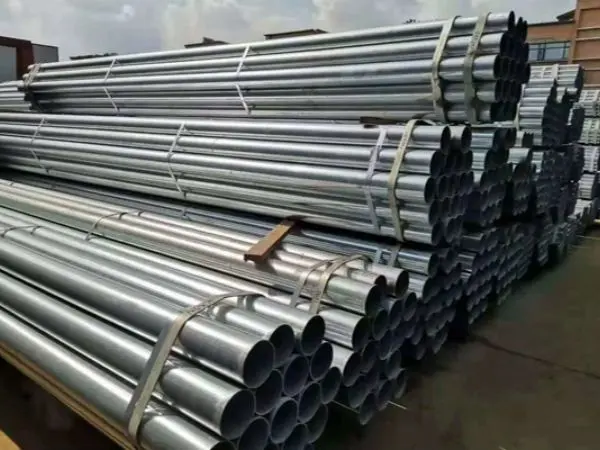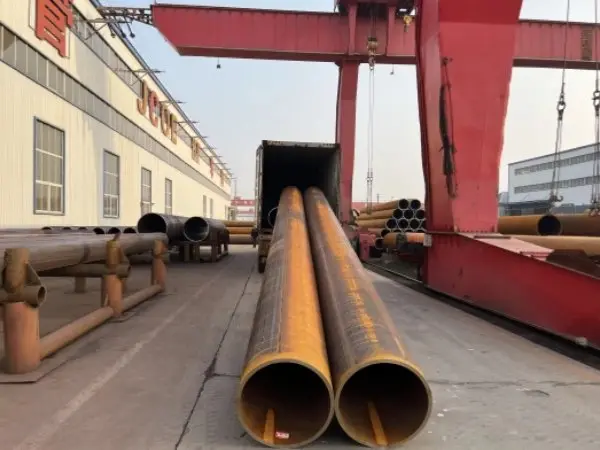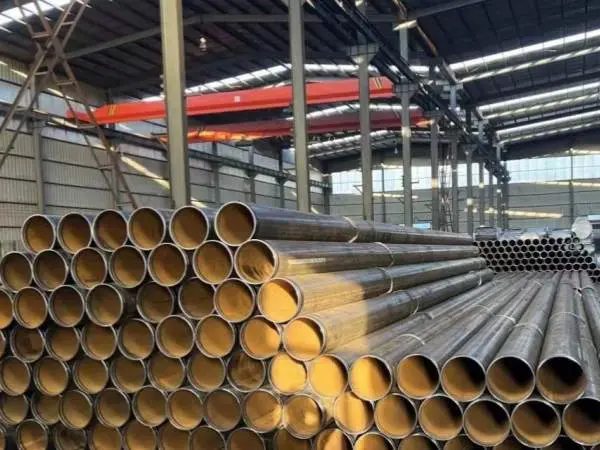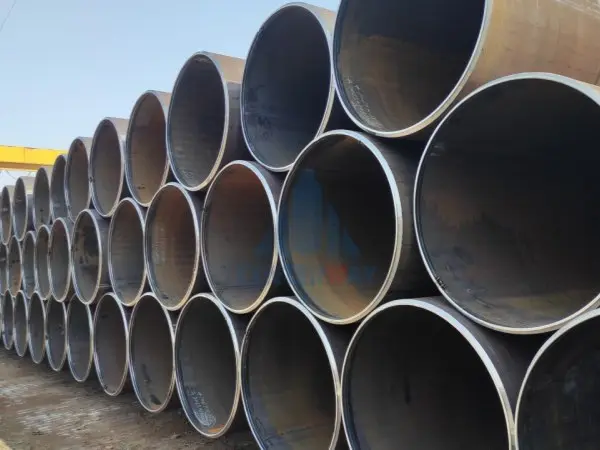-
Comparison of seamless and welded pipes
Choosing the right type of steel pipe is essential for the safety, performance, and cost-efficiency of any industrial piping system. Among the most commonly used types are seamless and welded steel pipes, each with distinct advantages depending on application requirements. This article provides a clear comparison to help engineers, project managers, and procurement professionals make informed decisions.
2025-05-07
-
Uses and advantages of galvanized square steel pipe
Galvanized square steel pipes are an essential material in a wide range of industries due to their excellent corrosion resistance, structural strength, and durability. These pipes are produced by hot-dip galvanizing standard square steel pipes, resulting in a protective zinc coating that significantly enhances their ability to withstand harsh environmental conditions. From construction and agriculture to vehicle manufacturing and industrial applications, galvanized square steel pipes have become a preferred choice for engineers, architects, and manufacturers seeking long-lasting and reliable materials.
2025-05-06
-
Details of Q355C straight seam welded steel pipe
Q355C straight seam welded steel pipe is a premium-grade steel product widely utilized in construction, bridge engineering, machinery manufacturing, petrochemical industries, and more. As a low-alloy, high-strength structural steel, Q355C offers excellent mechanical performance, superior weldability, and strong weather resistance. These qualities make it an essential material in modern engineering projects. This article provides a detailed analysis of Q355C straight seam welded steel pipes from the perspectives of material properties, production processes, application fields, market trends, and procurement recommendations.
2025-05-06
-
How to implement the quality control of welded steel pipe welds in production?
The quality inspection of welded steel pipe welding involves not only the assessment of welded joints but also a comprehensive inspection of the entire welding process. This includes pre-welding, in-process, and post-welding stages. A detailed explanation of each phase is provided below.
2025-04-30
-
National standard plastic-coated straight seam steel pipe for fire protection
Plastic-coated straight seam steel pipes produced according to national standards are essential components in modern fire protection systems. Featuring excellent corrosion resistance, high pressure tolerance, and long service life, these pipes are widely utilized in fire water supply networks, sprinkler systems, and other related applications. Here's an overview of national standard plastic-coated straight seam steel pipe for fire protection.
2025-04-30
-
Carbon steel welded pipe chemical composition
The chemical composition of carbon steel welded pipe varies depending on the grade and application. Here's an overview of carbon steel welded pipe chemical composition.
2025-04-29
-
Selection of zinc layer thickness for galvanized welded carbon steel pipe
When choosing the zinc layer thickness for galvanized welded carbon steel pipes, it is essential to consider the environment in which the pipe will be used and the corresponding standards. The thickness of the zinc layer significantly influences the pipe’s corrosion resistance, durability, and overall performance. Below are the international and industry-specific standards, recommended thickness based on usage environments, and considerations for selecting the appropriate zinc layer thickness.
2025-04-29
-
Introduction to Galvanized ERW pipe
Galvanized ERW pipe (also known as GI ERW pipe) is a welded steel pipe that undergoes a zinc coating process—either hot-dip galvanizing (HDG) or electro-galvanizing (EG)—based on high-frequency electric resistance welded (ERW) pipe. The zinc coating significantly enhances corrosion resistance and extends the service life of the pipe. Among these methods, hot-dip galvanizing is more prevalent, offering a thicker zinc layer and stronger anti-rust performance.
2025-04-28
-
Common types of galvanized welded pipes
Galvanized welded pipes are steel pipes that have been coated with a layer of zinc to enhance their corrosion resistance and extend their service life. Depending on the galvanizing method and product form, galvanized welded pipes can be divided into several types, each suited for different applications. Below is an overview of the main categories.
2025-04-28
-
The production process of straight seam steel pipes
Straight seam steel pipes can be categorized into high-frequency straight seam pipes and submerged arc welded (SAW) straight seam pipes based on their production processes. Here's an overview of the production process of straight seam steel pipes.
2025-04-27
-
Carbon steel ERW pipe production process revealed
Carbon steel ERW pipe, short for Electric Resistance Welded pipe, is a tubular product manufactured by joining the longitudinal edges of steel plates or strips through resistance welding. This technique uses electrical current to generate heat at the material edges, achieving a strong, continuous weld without the need for external filler materials. This article will briefly introduce carbon steel ERW pipe production process.
2025-04-27
-
Thermal deformation and microstructure evolution of thick-walled welded steel pipes
Thick-walled welded steel pipes, made from precipitation-strengthened nickel-based high-temperature alloys, exhibit excellent mechanical and corrosion-resistant properties at elevated temperatures. This article will briefly introduce thermal deformation and microstructure evolution of thick-walled welded steel pipes.
2025-04-25

